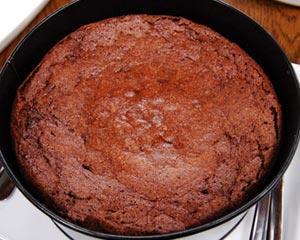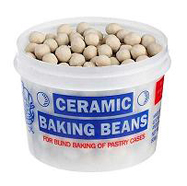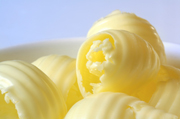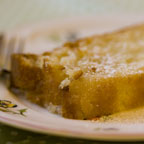I realised today that my hand-scrawled recipe notes for these family favourites were fading so badly that they were becoming hard to read. Time to commit to a more permanent form of storage….
 There are two variations noted here – the second born out of necessity when I realised, too late, that I’d run out of tomato puree. Version 1 uses oregano and tomato puree, version 2 – red pesto (no oregano). I’d go with version 1 first but hey, give it a go and see what you think. My baking in this is not an exact science so don’t get in a sweat if you don’t have 12 or 18 bics and use your eyes, nose and touch to confirm cooking times in your own oven, especially as, in my experience, all ovens seem to have their own foibles.
There are two variations noted here – the second born out of necessity when I realised, too late, that I’d run out of tomato puree. Version 1 uses oregano and tomato puree, version 2 – red pesto (no oregano). I’d go with version 1 first but hey, give it a go and see what you think. My baking in this is not an exact science so don’t get in a sweat if you don’t have 12 or 18 bics and use your eyes, nose and touch to confirm cooking times in your own oven, especially as, in my experience, all ovens seem to have their own foibles.
(Children love these biscuits so it would be a good opportunity to get them into baking by helping out with the whole making process).
Here we go:
Ingredients (to make approximately 12 to 18, using either a 2-1/2″ or 3″ pastry cutter)
150g (6 oz) flour
100g (4 oz) well-flavoured strong cheese, finely grated (I often use Edam). Don’t be lazy – buy and grate your own for best flavour.
100g (4 oz) margarine (or butter)
1-1/2 tablespoons of tomato puree (version 1) OR Version 2: 2 well-rounded (generous!) teaspoons of red pesto (I used Sacla ready-made) and if using, you can leave out the oregano
1/2 tsp dried oregano
1/4 teaspoon of dry mustard (i.e. English mustard powder)
1 egg, beaten, to bind and to glaze
Salt and pepper to season
Method
To bake on the middle / top shelves of the oven. Oven on at 200C / Fan oven 180-190C / 392F / Gas Mark 6.
Sieve flour, salt, pepper and mustard together. Add oregano (if using – version 1). Rub fat into the dry /flour mix. Add the grated cheese and the tomato puree (or pesto). Add sufficient beaten egg to form a pliable dough (you may not need any if using pesto).
Roll out pastry to about 3mm or 1/8 inch thick and using a 2-1/2 to 3 inch cutter, shape biscuits.
Arrange on a baking tray, prick well, glaze with beaten egg and bake.
2-1/2 inch biscuits will take approx. 18 – 20 minutes. 3 inch bics take about 20 – 22 mins.
~~~~~~~~~~
These are delicious ‘as is’ but you could always treat them like tiny pizza biscuit canapes and top with a little cream cheese / ham / pineapple / tomato, or sprinkle with paprika pepper. Let your pizza brain get creative!


 We’re turning ourselves inside out this weekend, preparing for the invasion of workmen in this coming week. It was all to be very organised and properly scheduled but rather typically events have conspired to make several things happen all at once. Never mind – I keep telling myself it will all look fabulous when it’s done!
We’re turning ourselves inside out this weekend, preparing for the invasion of workmen in this coming week. It was all to be very organised and properly scheduled but rather typically events have conspired to make several things happen all at once. Never mind – I keep telling myself it will all look fabulous when it’s done! This tart is perfect to celebrate Easter but when it comes to chocolate I think most of us agree that anytime is the right time to eat this!
This tart is perfect to celebrate Easter but when it comes to chocolate I think most of us agree that anytime is the right time to eat this!  Blind baking is done to pre-bake a pastry case before adding a sweet or savoury filling. The pastry case can be made a day in advance and kept covered until you need it.
Blind baking is done to pre-bake a pastry case before adding a sweet or savoury filling. The pastry case can be made a day in advance and kept covered until you need it. I don’t think anything compares to the taste of real butter in cooking. Butter-based spreads have come into existence to try to provide healthier alternatives but they are not always ideal for cooking. Here is a quick low-down on the basic versions of butter available, plus a few facts and hints:
I don’t think anything compares to the taste of real butter in cooking. Butter-based spreads have come into existence to try to provide healthier alternatives but they are not always ideal for cooking. Here is a quick low-down on the basic versions of butter available, plus a few facts and hints:
 Makes a cake for 8-10 servings and is best eaten freshly baked, although it will keep for 1 week under refrigeration in an airtight container. Freezes up to 3 months.
Makes a cake for 8-10 servings and is best eaten freshly baked, although it will keep for 1 week under refrigeration in an airtight container. Freezes up to 3 months.






